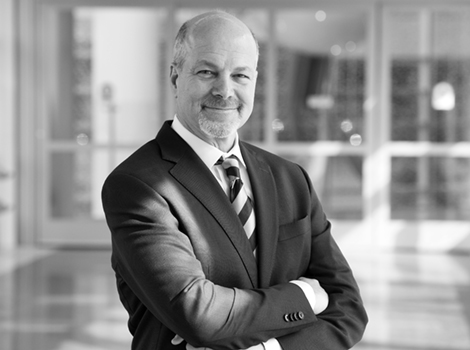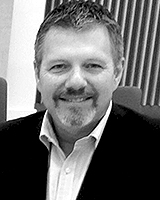Its “currency” is communication, and our “gold standard” is the face-to-face visit or meeting. We also nurture relationships via our phone conversations, emails, texts, and other electronic communications, and in writing through pieces such as brochures, letters, and proposals.

In medical development, communication can be challenging. Those involved – development officers, physicians, scientists, institutional leaders, patients and families, sometimes their lawyers – often communicate in very different ways. Relationships are rife with potential for misunderstanding, failed connection, repetitive behaviors, and judgments that impede effective communication.
Yet surprisingly little attention is paid to helping experienced development officers hone their “communicative competency.” Educational options typically address the surface, not the underlying dynamics, of communication. For example, the training menu of one advancement website lists “making the cold call,” “successful donor visits,” and “building corporate engagement.” My guess is that each session covers a valuable pragmatic skill, but does not help learners develop a deeper understanding of how we ourselves, and others, communicate, why we fall into certain patterns, and how we can diagnose and modify our communication to build better relationships.
To this end, the JHMPI Summer Institute teaches the basics of Structural Dynamics – a theory of communication developed by interventional psychologist, David Kantor, PhD, and used in corporate and executive settings as well as in couple and family systems therapy. In this newsletter, Tony Melville of the Kantor Institute presents a classic scenario of communication failure, and introduces the JHMPI Summer Institute sessions focused on communication.
— Steve Rum

Tony Melville
Director, Kantor Institute
Co-Director, Dialogix
Leslie, an experienced development officer at a major medical center, looked forward to his scheduled meeting with Dr. Danielle (Danny) Acton, a surgeon whose grateful patient had expressed interest in donating to the Acton Lab’s research. Alas, the meeting had been a disaster, Leslie’s excitement now replaced by confusion and frustration. “How could I have been so misunderstood?” he wondered. “Danny doesn’t get that these things take time, and that the donor’s feelings are not irrelevant . She seemed to think the whole meeting was a waste of her time.”
In the long hospital corridor, nurses and other passers-by gave Dr. Acton a wide berth, inferring her inner upset from her agitated stride and furrowed brow. “What was the point of that meeting? Why didn’t Leslie just get to the point and say what he needs of me? All that talk about my patient’s family….honestly! We didn’t nail down a timeline. No specifics, but so much about relationships.”
Two things are clear in this scenario: The conversation broke down, and neither party understood why. Over the last fifty years, Dr. David Kantor has developed the theory called Structural Dynamics to help us understand what works, and what goes wrong, in communications such as these. Participants in the JHMPI Summer Institute receive introductory training in Structural Dynamics. In a half-day intensive session, we provide didactic teaching that is liberally applied through experiential exercises, role plays, personalized assessment, and guided self-inquiry. Summer Institute participants learn the foundation of a method for deciphering what occurs “in the room” between those who communicate, and what can be done to improve the dynamic.
